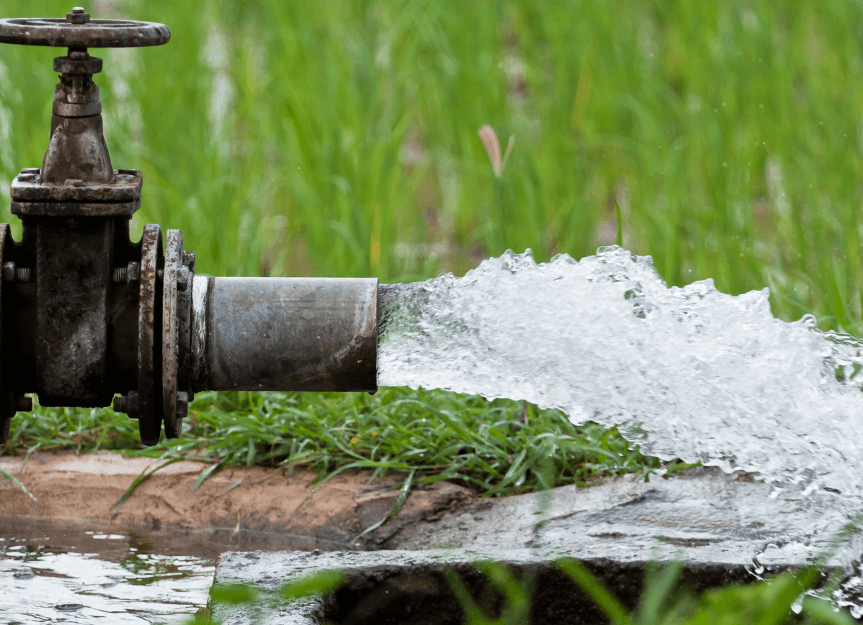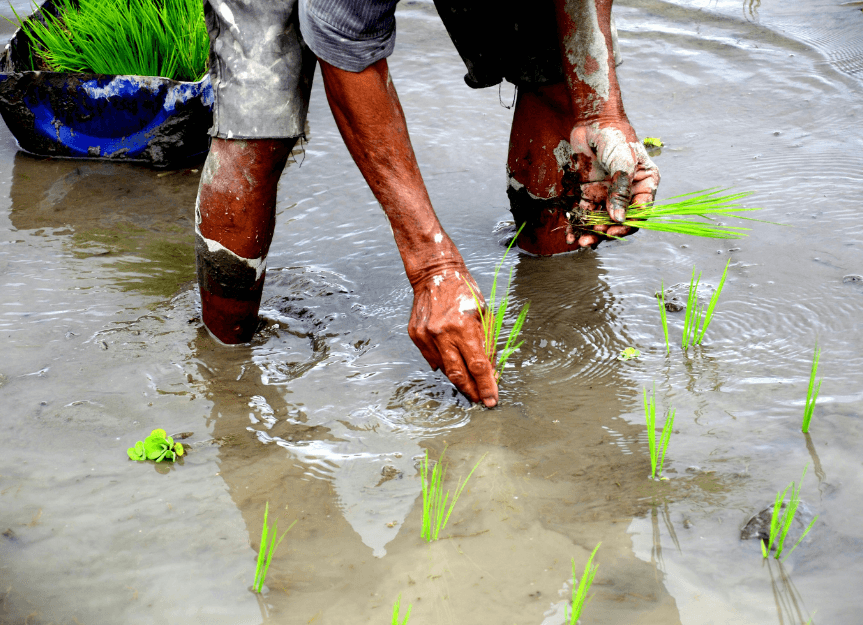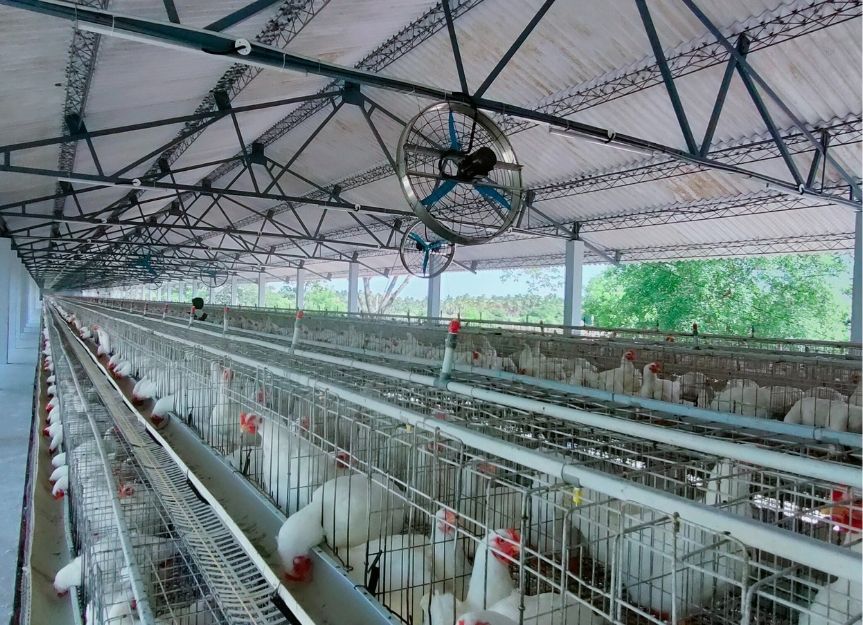Heat, humidity, sudden rain—how can Indian farms stay one step ahead?

Understanding the Weather Challenge
Climate change is making Indian weather increasingly unpredictable. A study by IPE Global and ESRI India found that more than 84 % of Indian districts are susceptible to extreme heat waves and 70 % of those districts also experience intense rainfall events. The frequency of extreme heat wave days during the March–September period has risen 15 fold over the last 30 years. Such extremes, coupled with high humidity, expose farmers to sudden bursts of heat stress, heavy downpours and prolonged dry spells.
- Heat waves have become more intense and frequent.
- Erratic rainfall events are surging alongside high temperatures.
- Humidity spikes and sudden showers threaten crop health and soil stability.
The Impact on Indian Agriculture
Indian agriculture depends on the monsoon and microclimate conditions. When extended summer like conditions interrupt the monsoon, crops wither and yields fall. Farmers must now contend with extreme events that damage infrastructure and livelihoods.
Microclimate vulnerability
- High elevation areas, coastal regions and urban fringes create distinct microclimates with their own temperature, rainfall and wind patterns.
- Traditional weather grids (9–13 km across) cannot capture these localized differences.
- Variations in topography, soil composition and vegetation alter airflow, temperature and moisture.
Farmers who work within these pockets need hyperlocal weather intelligence. Without it, irrigation schedules, pesticide application and harvesting decisions become guesswork, leading to crop losses and wasted resources.
What Farmers Need to Anticipate
The challenge is not only predicting rain or heat but understanding the microclimates within individual farms. Farmers require point specific forecasts that incorporate temperature, humidity, wind speed and rainfall at their exact location.
Essential data points
- Temperature and humidity sensors help farmers adjust irrigation and protect crops from heat stress.
- Wind speed and direction readings guide pesticide spraying and wind break planning.
- Rainfall measurement alerts farmers to sudden downpours or drought conditions.
Having these real time readings allows farmers to schedule field operations, plan irrigation cycles and cover crops before sudden storms. Hyperlocal forecasting empowers them to prepare rather than react.
Introducing mClimateSense
Smart weather monitoring solutions like mClimateSense aim to give farmers that hyperlocal visibility. Leveraging IoT sensors and cloud connectivity, these devices measure microclimate variables and send data directly to farmers’ phones. A network of sensors tracks temperature, humidity, wind speed, direction and rainfall and presents the information on digital dashboards.
How it works
mClimate Sense uses connected sensors to collect data in the field and transmit it via LoRaWAN or cellular networks. The system keeps a record of past observations, enabling farmers to compare current conditions with previous years and spot trends. Real time alerts warn farmers about imminent heat stress or heavy rainfall, allowing them to move equipment, cover produce or delay field work. With minimal human intervention, the sensors continue to operate in remote or inhospitable areas, ensuring continuous monitoring.
Benefits of Smart Weather Monitoring
Advantages for farms
- Automated monitoring removes the need for manual weather recording.
- Prior alerts deliver accurate weather warnings so farmers can prepare.
- Low cost and effort make the system accessible to smallholders.
- High accuracy and self protecting devices ensure reliable operation.
- Efficient and time saving, sensors free farmers to focus on crops rather than data collection.
By integrating these advantages, mClimateSense helps farmers plan irrigation during heat waves, adjust fertiliser applications after unexpected rain and shield crops from humidity induced diseases.
Building Resilience for the Future
Data driven adaptation is critical for Indian agriculture. Experts note that the increasing frequency and intensity of heatwaves and heavy rainfall require a holistic, data driven approach to decision making. Smart weather monitoring solutions like mClimateSense provide that foundation. When farmers have access to accurate, hyperlocal forecasts and historical trends, they can switch planting dates, diversify crops and improve soil management. With climate extremes expected to affect eight out of ten Indians by 2036, investing in weather intelligence today will help build resilient farms for tomorrow.
Keep Exploring Our Blog Collection















